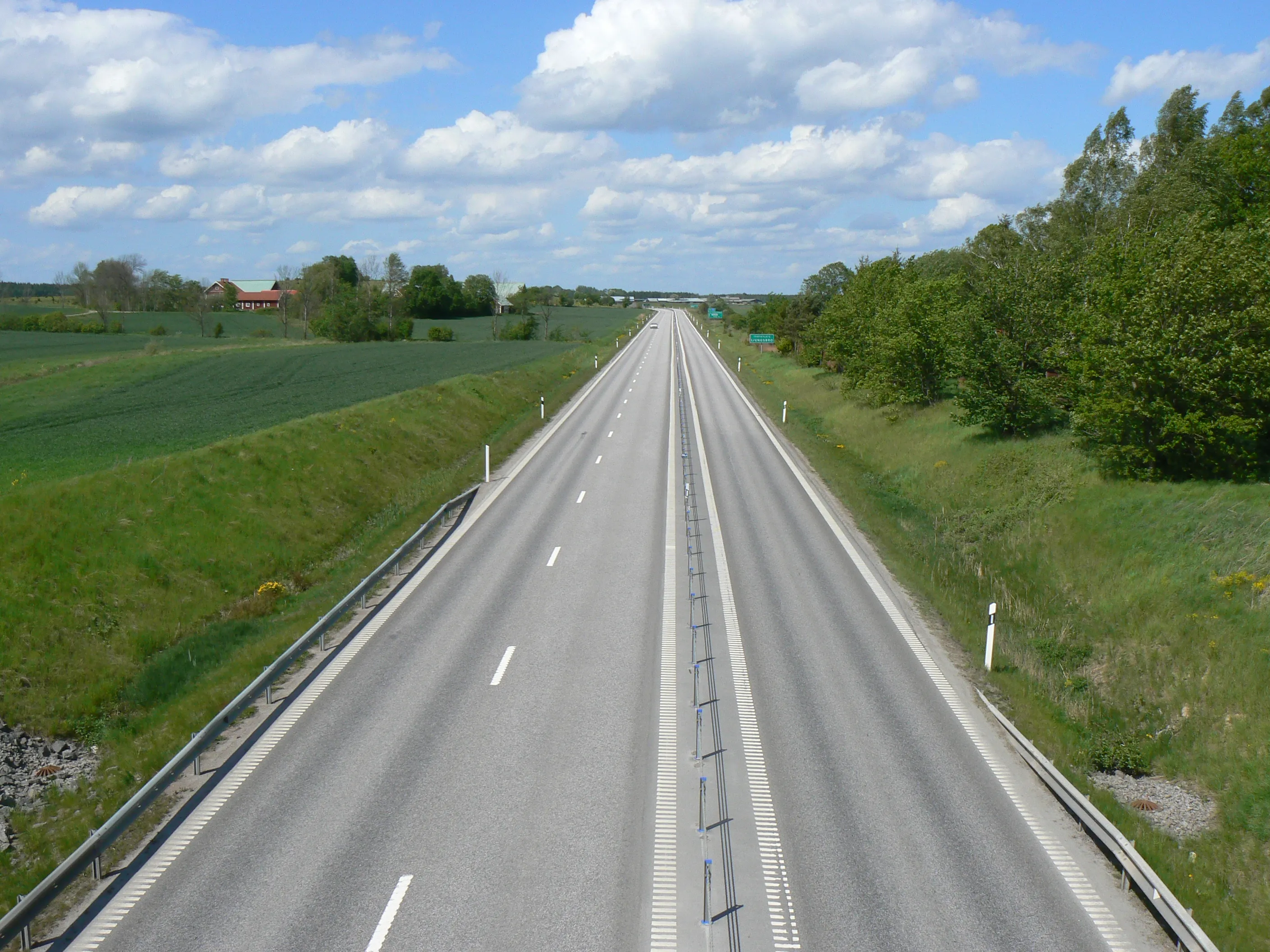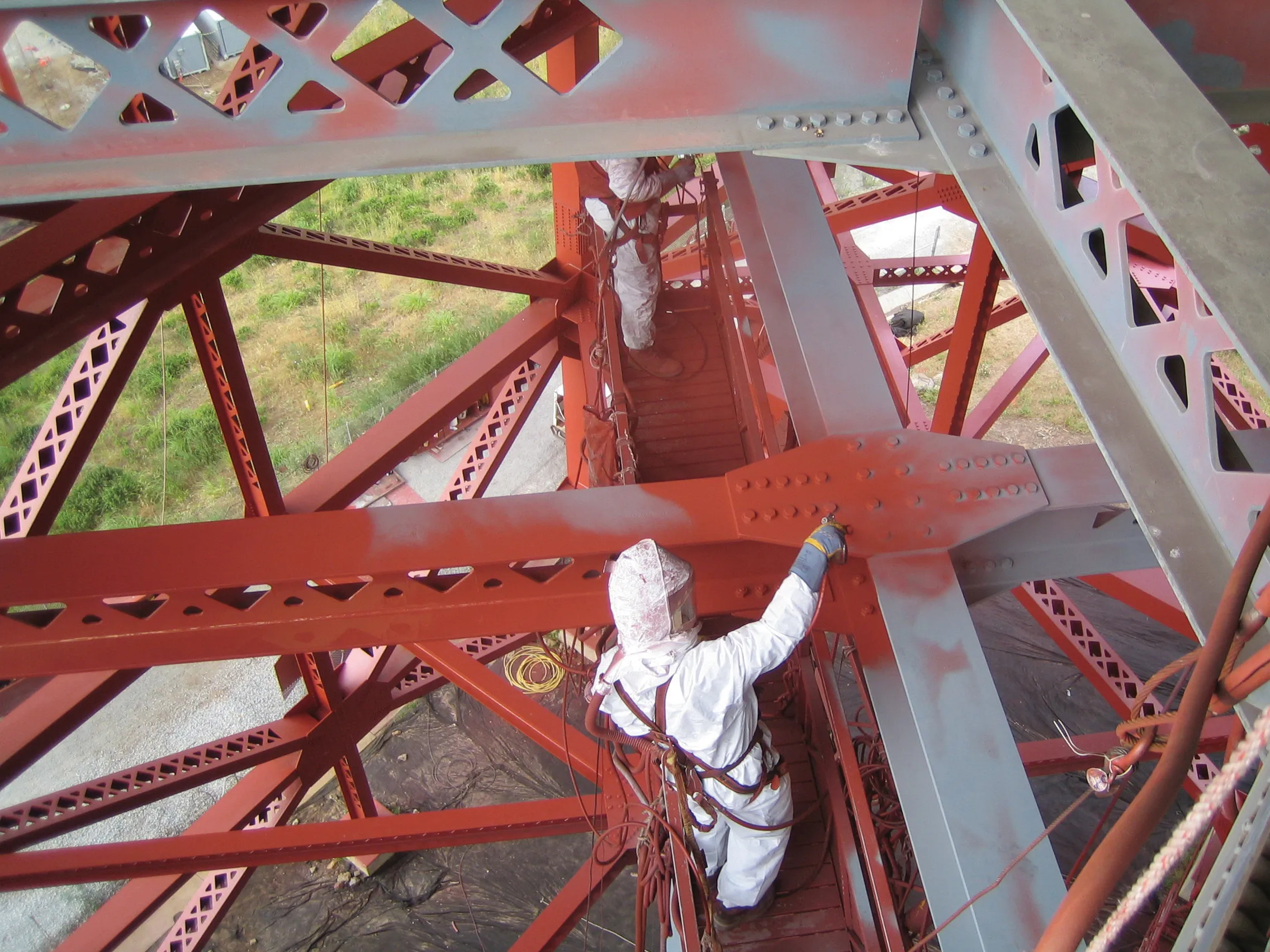Lithuania is one of the 28 European Union countries which is seeking to have good results in road safety. However, such as wish does not looks like easy achievable. Moreover, to get away from the worst Top 6 countries in EU could not be achieved since 1991 (by the EU road accidents database - CARE).
January 14, 2016
Read time: 4 mins

Written by Tautvydas Zinfeldas, Student of road traffic safety engineering at Vilnius Gediminas Technical University
Lithuania is one of the 28 European Union countries which is seeking to have good results in road safety. However, such as wish does not looks like easy achievable. Moreover, to get away from the worst Top 6 countries in EU could not be achieved since 1991 (by the EU road accidents database - CARE).
Of course there is a good side too.
On the other hand, Lithuania made a big step forward in advertisement campaigns and road network improvement for a reason to get fatalities as less as it could be at the moment. In this 24 years period Top three EU countries in road safety Sweden, United Kingdom and Netherlands (named as SUN countries) have decreased a number of fatalities by approximately 3.00 times while Lithuania achieved 3,52 decrease at the same period. The result in a number of fatalities would be a fantastic one for Lithuania if the start of such as period would not had such as big difference between the countries – SUN countries started from approximately 85 fatalities for 1 million population while Lithuania had 317 at the same time.What could be done more to make a turning point for Lithuania? A magic road as could be found in lot of articles and researches – 2+1 type road! Sweden sounds that after the implementation of 2+1 type roads it made 35-50 percent, Germany – 33 percent decrease in a number of fatalities! Does it really can be used for a purpose to make a turning point in less fatalities for Lithuania?
There is no doubt that 2+1 type roads give an advantage to the existing infrastructure. Lot of researches were made to improve that. However it has to be adopted and maintained differently for a different countries. Before the implementation of such as road in a country the research for adopting it had to be done first.
Coming back to Lithuania
There is no 2+1 type roads in Lithuania yet. You can ask yourself why? One of the reasons could be two low average daily traffic volume (ADT). Long time ago it looks like it was enough to have just two-lane roadways to guarantee good traffic flows conditions in Lithuania. Time changed due to open borders and growing economy for whole Europe. Traffic flows trends to grow every year. The most negative heavyweight traffic for the infrastructure is growing at the same time too. Good to know that most of the Lithuania national roads have a normal traffic flows between 1,500 – 9,000 vehicles per day and just a few major road (freeways) have more than 20,000 veh/day. The National Cooperative Highway Research program project “Application of European 2+1 Roadway Designs” results shew that Germany has found 2+1 roads operate effectively at average daily traffic (ADT) volumes of 15,000–25,000 vehicles per day (veh/day). The maximum ADT for 2+1 roads in Germany is 30,000 veh/day. According to that research it seems that all of Lithuania national roads easily can be transformed into 2+1 type roads.Lithuanian Road Administration collects and shows statistic of the trends in a local infrastructure fatalities every year. From the data it is clear that the biggest task is to struggle with head on (34.33 percent), run off (21.21 percent) and pedestrians (16.83 percent) collisions in a network of total 265 fatalities per 2014 year. It looks like the structure of the fatalities is suitable for 2+1 type roads which made 45 percent in overtaking and 50 percent in run off accidents less fatalities after the 2+1 implementation in Sweden. Head on collisions disappeared at all after implementation as it was expected. Big value of crashes with pedestrians has to be solved with other solutions due to 2+1 type roads do not make a decrease in safety of such as type crashes.
It is important to notice that the countries which want to be better in road safety by using 2+1 type roads should not forget to design a barrier into the middle between different ways of travel. Finland choose different solution and found that 2+1 road without a barrier cannot give a big change in safety. Now the country has plans to implement it to the existing 2+1 network. Of course, the construction and maintenance of the barriers cost 5-20 percent more but it should not be compared with life savings.
The additional survey was taken to get an opinion from Lithuanians about the knowledge of 2+1 type road advantages and disadvantages. Some of the results are like in a countries which already had made the survey before implementation of 2+1 type roads. For example a Swedish before and after driver attitude survey showed that less than 1% of drivers believed that the 2+1 cable barrier was the best alternative, which rose to 40% one year later (by research "The implementation of a 2+1 road scheme in Ireland: a case for Australia?").
To sum up, short review shows the facts that Lithuania can wish a better results in a number of fatalities after the 2+1 type roads implementation in a local network.








